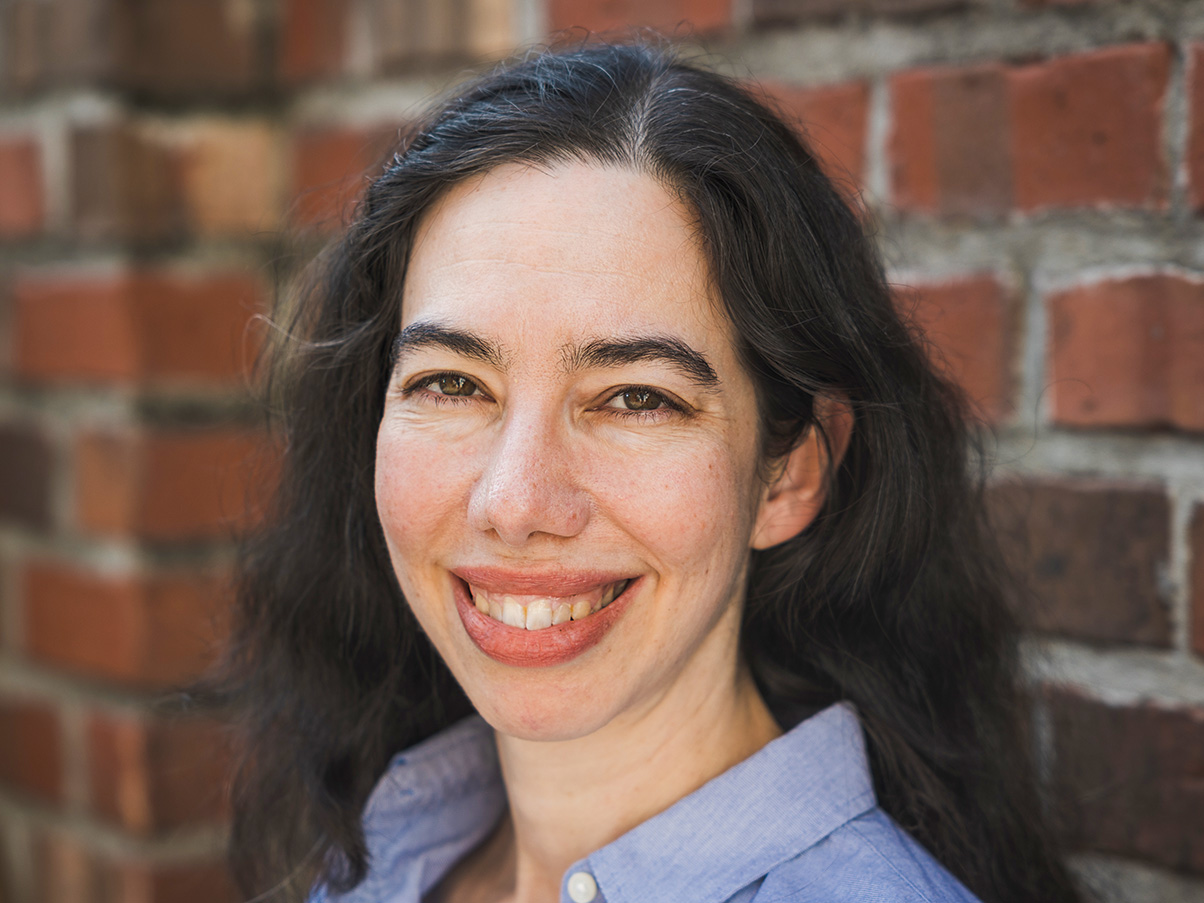A Forgotten Feminist History
 Mimi Winick, Ph.D.
Mimi Winick, Ph.D.Mimi Winick, Ph.D., Powell-Edwards Distinguished Professor for Religion and the Arts
When Mimi Winick, Ph.D., left home for college, her mother gifted her comparative religion books from her own collection, including J. G. Frazer’s “The Golden Bough” (1890) and Jessie L. Weston’s “From Ritual to Romance” (1920). She was intrigued.
Later, Winick would learn that these works had become associated with occultism over the decades. This history sparked Winick’s interest, and she has spent her academic career exploring the intersections among literature, religion, and “rejected knowledges,” such as occultism.
Q: Can you talk about the connection between religion and the arts?
A: The relation between religion and the arts is wonderfully varied. For some people, and in some contexts, they are inseparable: An aesthetic creation is necessarily religious. But I’m especially interested in the connection between religion and the arts in contexts when people largely assume them to be separate or even conflicting categories. This is especially true of religion, literature, and art in the western world since the 19th century. Artists and critics who were defining modern art and literature often defined it against religion: The arts had to be liberated from their medieval role as mere aids to devotion and allowed to be autonomous — art for art’s sake. But it turns out that for many self-consciously modern artists and writers their creative work is inextricable from religious and spiritual practices. I’m especially fascinated by the way that in the early 20th century, many women artists and writers seemed to be combining aesthetic, spiritual, and social or political practices in their artistic work.
Q: What is your latest book project?
A: “Ecstatic Inquiry: Comparative Religion and the Secret History of Feminist Spirituality” tells the story of three British women who embarked on distinct but overlapping quests to discover the truth about religion. During the 19th century, leading thinkers had presented women and religion as incompatible with modern knowledge. Religion, they asserted, was a delusion to which women, those irrational creatures, were especially susceptible. The scholars Jane Ellen Harrison (1850-1928), the aforementioned Jessie Laidlay Weston (also 1850-1928), and Margaret Alice Murray (1863-1963) countered with an audacious question: What if religion, women, and irrationality were essential to the future of knowledge?
In pursuit of this question, these scholars invented a secret history of feminist spirituality. Rejecting Victorian expectations of women, they led unorthodox lives, eschewing marriage to pursue unladylike passions, including scholarship. They were equally unorthodox in their work, writing about sex, magic, and ecstasy in books on Greek myth, the holy grail, and witchcraft. When their books first appeared, from 1903 to 1921, they were celebrated, if controversial. By the 1940s, their accounts were largely discredited and remain so.
Revisiting their work offers useful vantages on humanistic inquiry today, from a better understanding of how their scholarly aesthetics foster conspiracy-theorizing to their depiction of research as a joyful process that promises to find meaning even, or especially, in the apparently insignificant parts of history.
Q: What do you hope students get out of your courses?
A: In my courses, I want students not only to encounter these histories and enriched accounts of creative works but also to gain an enriched approach to academic work. Another important connection between religion and the arts is that materials in both these categories evoke deep feelings and raise fundamental, high-stakes questions about what it means to be human. In these projects and in my classes, I want our work to acknowledge these big feelings and questions. In other words, I try to teach — and practice — a kind of humanistic inquiry that addresses objects of literature, art, religion, in ways that illuminate without deflating them; that offer joy, excitement, pleasure in inquiry, and knowledge — even, as with some texts and chapters of history, when the content of that knowledge may be painful rather than joyful.